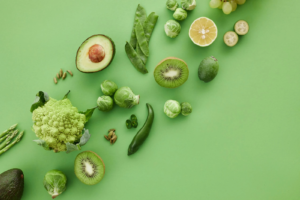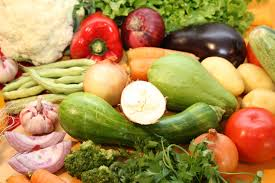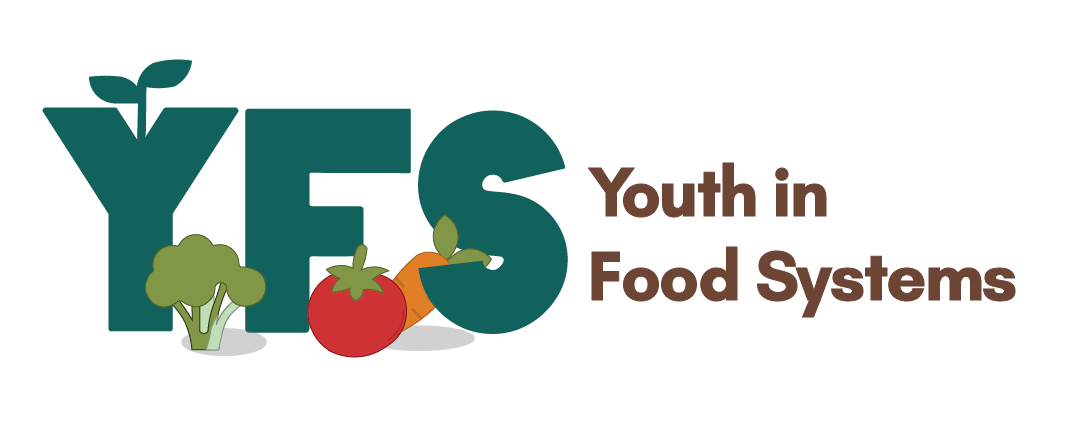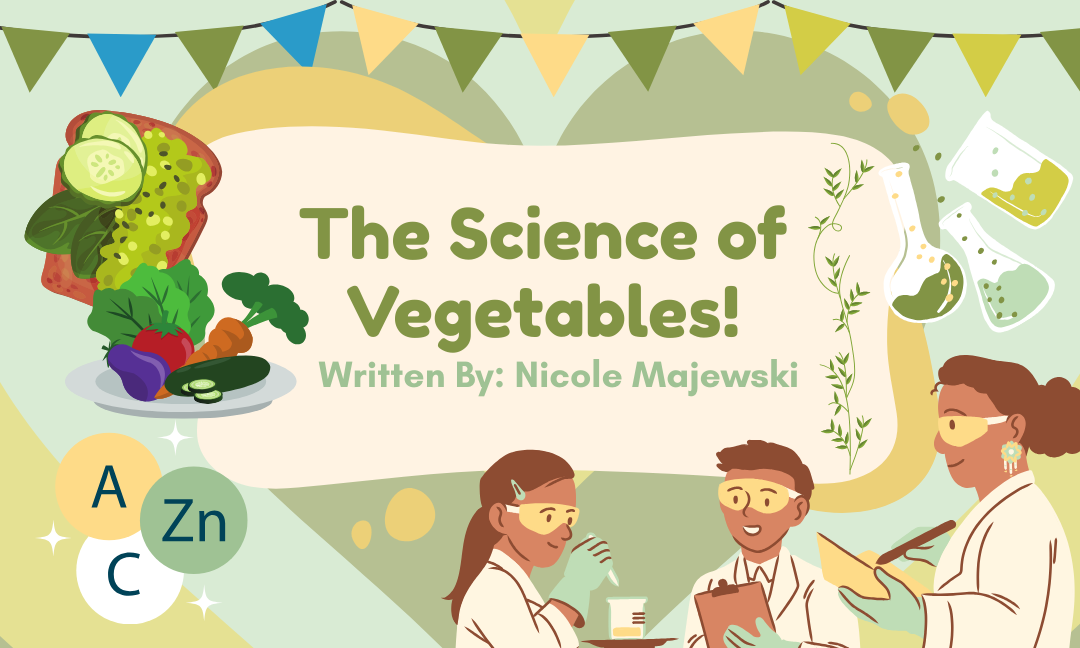Written by: Nicole Majewski
Edited by: Harnoor Chahal
Designed by: Suhana Shaik
Published by: Andrew Jackson

Everyone knows vegetables are great for you, but few know exactly why. It’s not just because your parents say so—it’s because vegetables are packed with incredible nutrients that can boost your mood, health, and energy levels! Let’s dive into the science of what exactly makes these plant-based wonders so important.
What exactly is a vegetable?

You might think you know the answer, but the term actually encompasses a very specific range of plant parts, and there’s been a lot of misconception about what meets that criteria. The Cambridge dictionary defines a vegetable as “a plant, root, seed, or pod that is used as food, especially in dishes that are not sweet”. More specifically, vegetables are the edible portions of plants, including leaves (like spinach), stems (like celery), roots (like carrots), tubers (like potatoes), bulbs (like onions), and flowers (like broccoli). The reason it can be so difficult to precisely classify vegetables is because the botanical traits of them tend to overlap between so many other types of plants. But let’s not overthink it for now; just know that a vegetable is an edible plant or one of its parts (like a root, stem, or leaf).
What isn’t a vegetable?

Again, let’s not worry too much about distinguishing vegetables from non-vegetables—but just for fun, let’s clarify a few common items that definitely don’t make the list. Here are some common impersonators:
- Tomatoes: Believe it or not, these kitchen staples scientifically can’t be considered vegetables, mostly because they have seeds, meaning they belong to the fruit family.
- Cucumbers: Just like tomatoes, cucumbers are fruits, packed with seeds. So, the old rule of “anything green is a vegetable” doesn’t always hold up.
- Olives: You guessed it—olives are fruits too! They contain seeds too, but more notably, grow from the flowers of olive trees.
- Celery: This one isn’t actually a vegetable or a fruit. It’s grouped in with other stem and leaf crops that, in a manner of speaking, aren’t quite leafy enough to be considered vegetables.
- Mushrooms: Not only are theynot vegetables, but they’re not fruits, either. In fact, they’re not plants at all! They belong to the fungi kingdom, which is entirely distinct from our world of spinach and broccoli.
- Corn: Although it’s often grouped with vegetables, corn is actually a grain! It makes sense when you think about it, at least.
- Peas: They take “having seeds” one step further, because they really just are seeds. Specifically, of legumes.
Now that you have a strong foundation of what’s what, let’s zero back in on veggies.
What’s so special about vegetables?
The reason vegetables are often seen as the ultimate health food is that they’re so uniquely high in the vitamins and minerals that your body needs to thrive. They’re nature’s vitamin supplements (though research suggests they’re actually much more beneficial than any kind of multivitamin gummy). While each vegetable varies hugely in its specific nutritional content, they’re generally—especially relative to fruits, for example—high in vitamins A and C, potassium, calcium, and iron. So when you’re munching on a juicy baby carrot, all the vitamins are being absorbed into your blood, ready to be stored and nourish the countless physiological structures and systems that rely on them.
You might have read through that, nodding but mostly wondering what all of those complicated words actually mean for you. Each of these vitamins serve different functions—for example, vitamin A supports your eye health, whereas vitamin C helps properly heal cuts, scrapes, and other wounds—but in simple terms, these vitamins help your insides, make you feel livelier and healthier on the outside.
Now that you know all about the botany, biology, and biochemistry of vegetables, you’re ready to impress everyone you know with your scientific knowledge!
References
- “Are Olives a Vegetable? | Different varieties | Oliviers & Co.” Oliviers & Co, https://oliviersandco.com/blog/olivesvegetable. Accessed 4 April 2025.
- Loring, Vanessa. “Slices of Fruits Beside Green Vegetables · Free Stock Photo.” Pexels, 23 November 2020, https://www.pexels.com/photo/slices-of-fruits-beside-green-vegetables-5965658/. Accessed 4 April 2025.
- “VEGETABLE | English meaning – Cambridge Dictionary.” Cambridge Dictionary, https://dictionary.cambridge.org/dictionary/english/vegetable. Accessed 4 April 2025.
- “Vitamins: Their Functions and Sources.” MyHealth Alberta, https://myhealth.alberta.ca/Health/pages/conditions.aspx?hwid=ta3868. Accessed 6 April 2025.
- Wikimedia Commons. “Fagopyrum esculentum stem root.” https://commons.wikimedia.org/wiki/File:Fagopyrum_esculentum_stem_root_jp.jpg.

